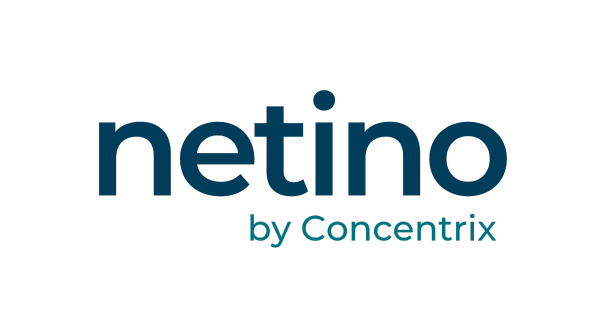Influence Marketing for B2B or B2C?
With the development of social networks, the growth of influencers has given rise to influence marketing. In this article, we will discuss this strategy from the perspective of B2B (business-to-business) and B2C (business-to-consumer) activities.
• Influence marketing, is it “stonks”?
First of all, it should be known that influence marketing is now used by 93% of marketing executives. Indeed, 9 out of 10 marketers find influence marketing effective. This industry represents nearly $15 billion by the end of 2022, up from $12 billion in 2021. In addition to being constantly growing, this sector has a more than interesting ROI with an average revenue of $18 for every $1 invested. That’s 11 times more than traditional advertising. Influencers have a real impact on consumption, with 8 out of 10 consumers making a purchase following an influencer recommendation. Here are some statistics showing that social networks are indeed a communication eldorado:
- Instagram: 80% of people use it to search for products or services,
- YouTube: 90% of internet users say they discover new brands and products through YouTube,
- TikTok: average engagement rate per post of 29%.

• Influence marketing in B2C, yes!
It should be known that in B2C, purchases are mainly based on the consumer’s emotion. Over time, social networks have developed highly competent and effective targeting algorithms. The effectiveness of algorithms ensures a certain return for a campaign based on influencers and social networks. With B2C, you can get a good ROI quickly if you invest in the right influencers at the right time. Here are the three most effective networks for B2C currently, according to Hootsuite: Instagram, Facebook, and YouTube. TikTok is currently ranked 6th in this ranking, probably due to the youth of the network.

B2C influencers have a profile more or less representative of their community. Their flagship content is photos, live or regular videos posted. According to a survey of marketers from different companies, influencers and celebrities are prioritized for B2C campaigns. For 71% of them, micro-influencers targeting a specific community are the most interesting. Let’s keep in mind two interesting statistics: 61% of internet users interact with at least 1 influencer once a day and consultation of opinions on social networks has increased on average by 45% since 2020.
• What about B2B?
In contrast to B2C, purchases in B2B are much more based on rationality and usefulness than on emotions. In B2B, the status of a true expert is essential to hope to sell. The three most effective networks for B2B are LinkedIn, Facebook, and Twitter. A typical B2B influencer profile is slightly different from B2C: 25-45 years old with a niche expertise on a subject with a community of 1k to 10K on average. For B2B campaigns, recognized journalists and bloggers are prioritized by marketers.
It is observed that 61% of B2B decision-makers start their purchasing thought on the internet and a search engine. In addition, a decision-maker has more trust in an expert in the field than in a company, because he knows that the latter will implement digital marketing strategies to attract him. It can be concluded that for a company, an influencer brings:
- up to 51% of its visibility,
- up to 70% of its engagement,
- up to 51% of the customer’s trust gain for the company and its services.

It can be observed that overall, influencer marketing is just as relevant in B2C as in B2B…
However, it is important to adapt one’s strategy according to the target audience one wants to reach. Influencer marketing is therefore not a magic recipe for success. One must know how to target and adjust investments on the different types of influencers and networks depending on whether one is doing B2B or B2C. It can therefore be said without too much risk that influencer marketing will become a major axis in a marketing strategy plan, even more than it already is today.
N'hésitez pas à partager cet article !
"Influence Marketing for B2B or B2C?"

